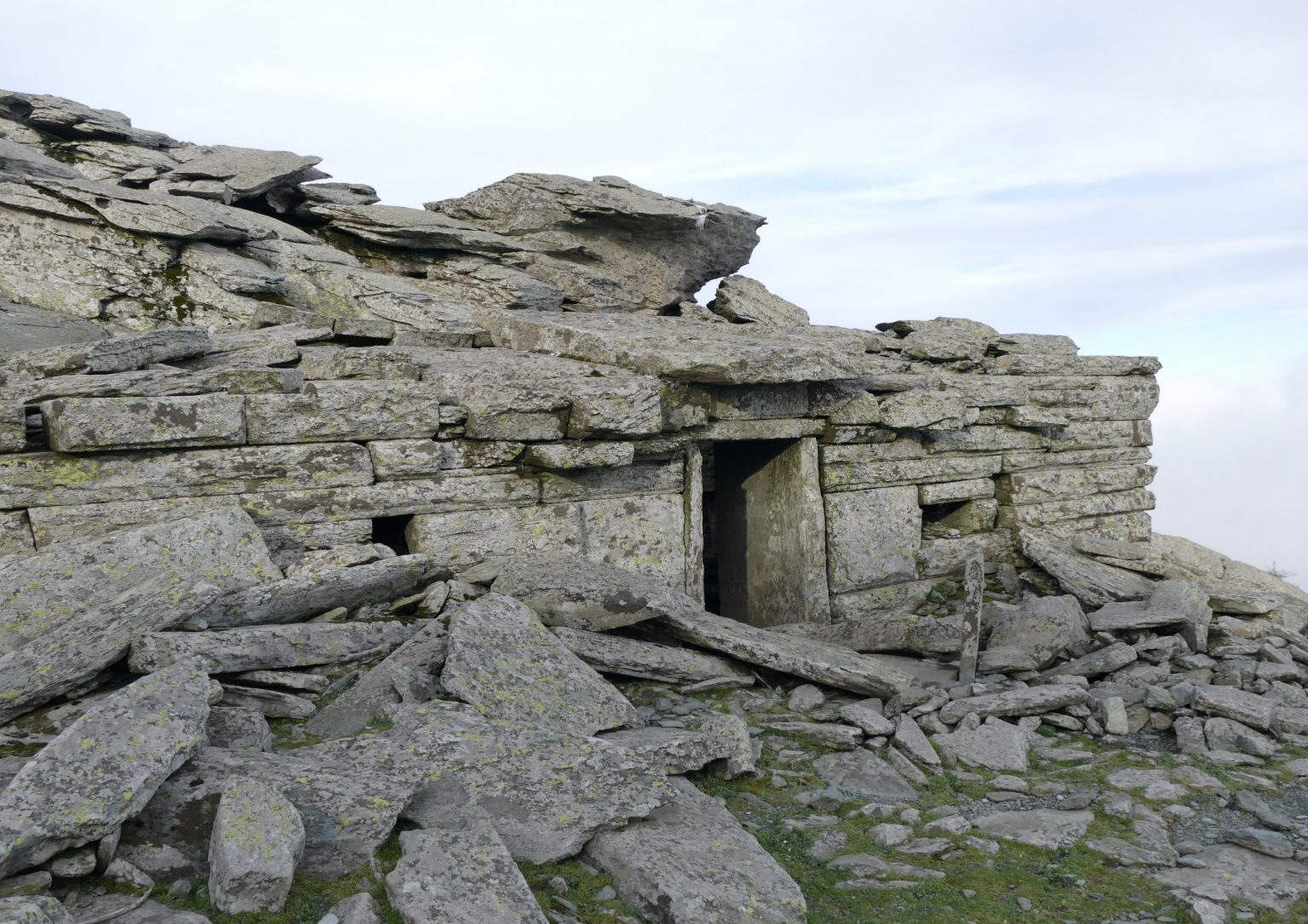Mysterious Megalithic Structures in Euboea
The Dragon Houses of Euboea, believed to date back to the Preclassical period of ancient Greece, remain one of history’s greatest enigmas. These 23 megalithic structures, known as “drakospita” in Greek, are mainly found in the Ochi Mountain and Styra regions. Despite their name, they have no connection to dragons, yet they continue to fascinate researchers with their remarkable architecture, durability, and unknown origins.
Intriguing Construction and Design
Built entirely without mortar, these structures resemble the stepped pyramid of Djoser in Egypt and the pre-Columbian Teotihuacan temples. Constructed using massive square or rectangular stones, many of which are monolithic, the buildings are notable for their absence of foundations. The roofs are particularly striking, made from enormous stone slabs stacked in a pyramidal formation. The drakospito on Mount Ochi stands at an impressive altitude of 1,386 meters (4,547 feet), making its construction an extraordinary feat.
Theories Behind Their Purpose and Origins
Despite extensive research, the function of these Dragon Houses remains uncertain. Some scholars suggest they served religious or astronomical purposes, while local traditions propose they were farmhouses, shelters, or military outposts. A fascinating theory links the word “dragon” not to mythical creatures but to individuals with superhuman abilities, possibly connecting the structures to ancient Greek gods.
An Architectural Marvel at High Altitudes
One of the biggest puzzles surrounding these structures is how their builders transported and assembled such enormous stones at such high elevations. The strategic locations of the buildings suggest they were placed to allow for long-range observation of the surrounding landscape. Additionally, each structure features a Pantheon-like roof opening, likely designed to let in natural light from the sun or moon.
Historical Investigations and Discoveries
The first documented exploration of the Mount Ochi drakospito was conducted by English geographer and geologist John Hawkins (1758–1841), who initially believed it to be an ancient temple. Later studies analyzed the structures’ orientations, revealing a potential connection to the rise of Sirius around 1100 B.C., supporting the theory of an astronomical function.
Archaeological excavations, led by Professor Nikolaos K. Moutsopoulos in the mid-20th century, unearthed pottery fragments, animal bones, and inscriptions dating from the Preclassical to the Hellenistic periods. Some inscriptions remain undeciphered, adding to the ongoing mystery of the drakospita.
A Mystery Yet to Be Solved
Despite numerous studies, the origins and purpose of these megalithic wonders remain shrouded in mystery. Until further discoveries are made, these ancient “abodes of the supernatural” continue to captivate historians and archaeologists alike, offering a glimpse into the ingenuity of early civilizations.
Cover Photo: Wikiwand
This news was published on 4 July 2022 and updated on 8 January 2025.







